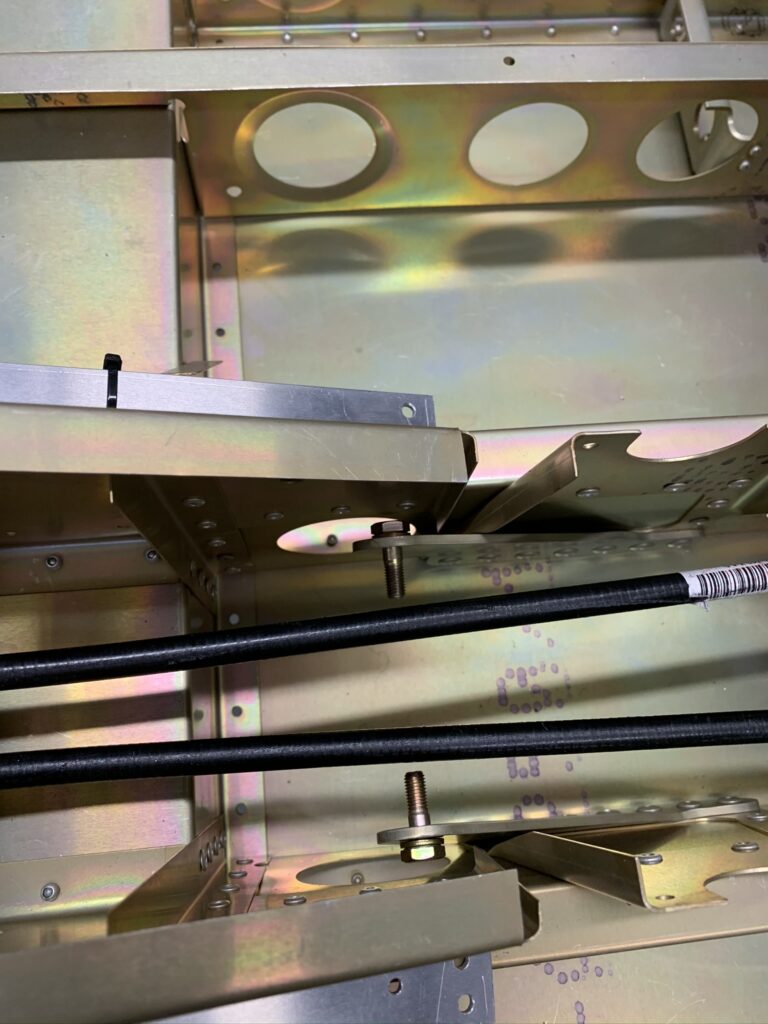After a gallant effort on the original RH wingtip, I ordered and received a replacement RH wingtip. The new part still had too much length and thickness at the trailing edge, but the workmanship of the layup was much improved and it had noticeably better overall shape. It has still taken lots of work to get the new RH tip to fit. But, it’s coming along and it’s going to work out well.
The LH tip is proving to be huge headache. Despite extensive rework, it’s now clear that the LH wingtip isn’t close enough to the proper cross section to fit and it would take extraordinary effort to get it in the ballpark.
Just like the RH wingtip, the length of the LH part at trailing edge is too long and the trailing edge profile (taper) is too thick to fit the trailing edge wing skin. But the kicker is the overall height. It’s just too narrow – top to bottom. It’s almost 2 cm short, at the widest point.
Trying to stretch the height of the LH tip requires too much force. The LH wingtip has no imbedded reinforcement strip on the bottom edge. The top reinforcement is out of position. Without proper stiffness, the tendency for waviness between the rivet holes would be profound.
To continue with the original LH wingtip, I’d have to section the part and almost re-manufacture it. I’ve decided that it’s much too much time and effort, although I have seen one other builder go to such lengths and spent over 130 hours on just trying to get his wingtips to fit. I’m at more than 40 hours on wingtips and I’m going to cut my losses and get a better baseline part.
I went ahead and negotiated a new LH wingtip from the factory, as I did for the RH side. They’ve kindly agreed to send me one. Kudos to Sling Aircraft for standing by their product. Stay tuned.

